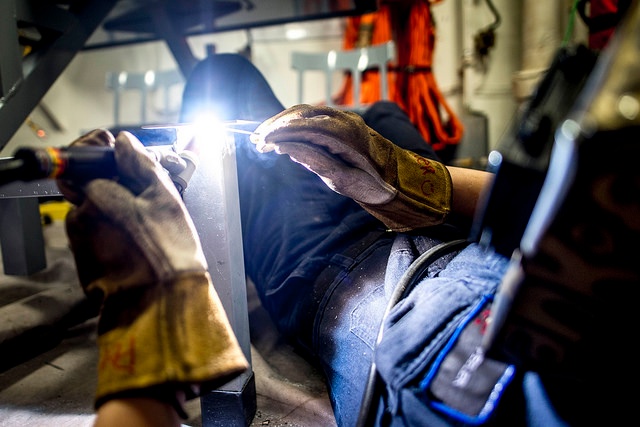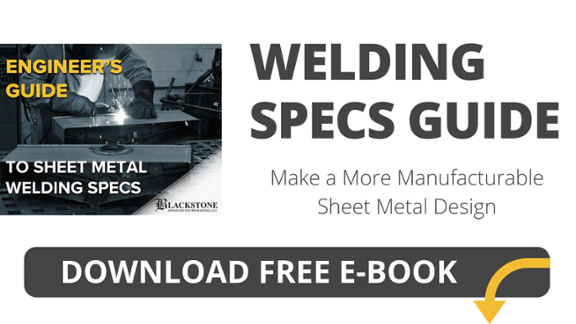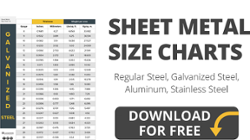 When you're specifying a metal fabrication project, following the right set of instructions can make a difference in the quality of product you receive. That's why it's important to have accurate welding specifications that provide reliable directions for your vendor on constructing and welding each metal piece.
When you're specifying a metal fabrication project, following the right set of instructions can make a difference in the quality of product you receive. That's why it's important to have accurate welding specifications that provide reliable directions for your vendor on constructing and welding each metal piece.
There are a ton of mistakes that you can easily make, causing your welding specifications to not work. Here are a few considerations:
Why Your Welding Specifications Aren’t Working
1. They Include Critical Miscalculations
If your specifications lack the right measurements or calculations, you'll end up with a part that may significantly alter the appearance of your design. Critical miscalculations in your welding specifications may lead to uneven edges or panels that are too short, and if you and your team follow these miscalculations, the product won't turn out the way you expect it to.
Thus, it's important to review each variable you need in detail and that each measurement is checked for accuracy.
2. There Are Major Typographical Errors
The wrong information can significantly alter your project’s direction.
For example, if your vendor is following a welding specification document that includes the incorrect consumables for welding, you may adversely affect the quality and durability of the product when it’s constructed, such as the piping or vessels. Therefore, it's key to double-check for typographical errors in any welding specification document you produce or any welding specifications you follow.
3. You're Lacking a Thorough Review
Welding procedures should be referred to throughout the entirety of the project, not just at the beginning. It's important to quickly identify welding specification errors to avoid fabricating metal incorrectly.
That's why it's vital to look over every part of the welding specifications document to ensure there are no major errors that can slow down your production further. Make sure you go over every section of the specifications in detail, including identifying essential, nonessential, and supplementary variables.
Final Thoughts
Getting your welding design right means you need a solid welding specification document. That's why it's key to review the welding specifications thoroughly, including ensuring code and construction specification compliance.
By paying attention to the details and taking on a few of these tips, you can ensure you're following specifications that'll keep your metal fabrication going without slowing down production.



